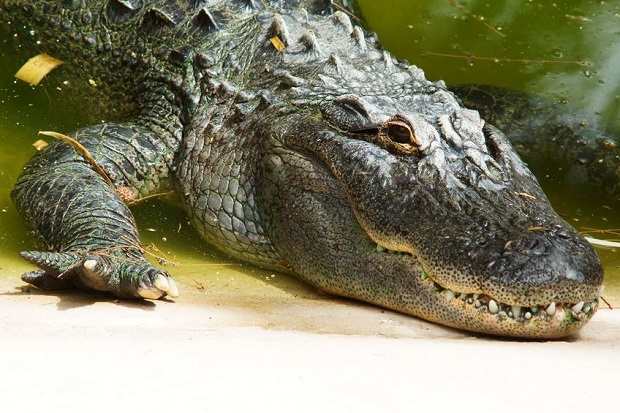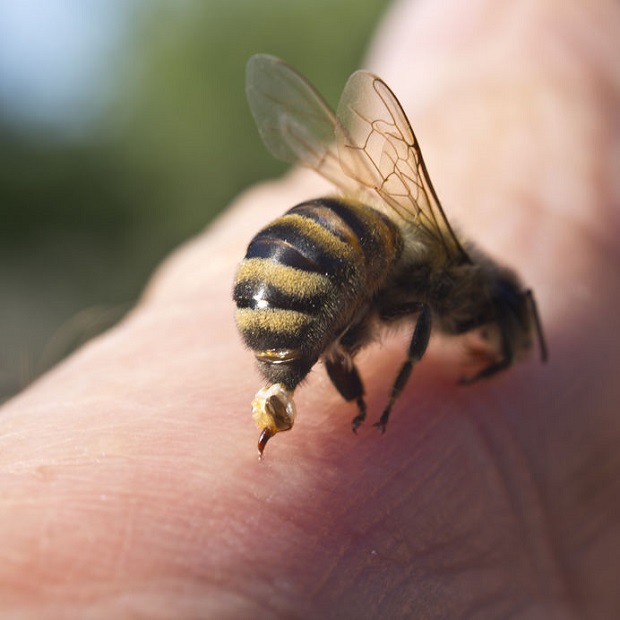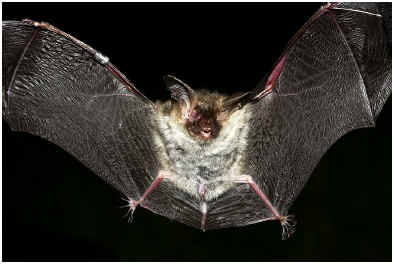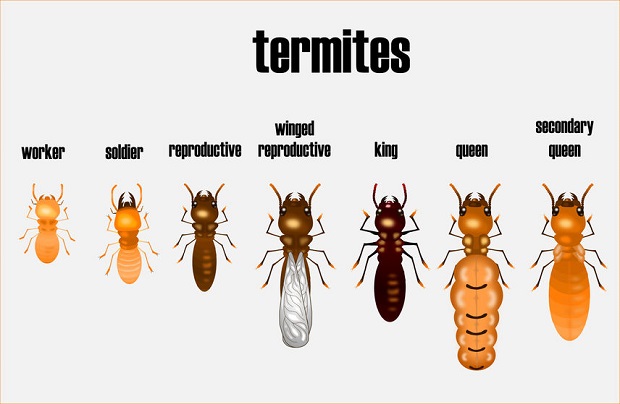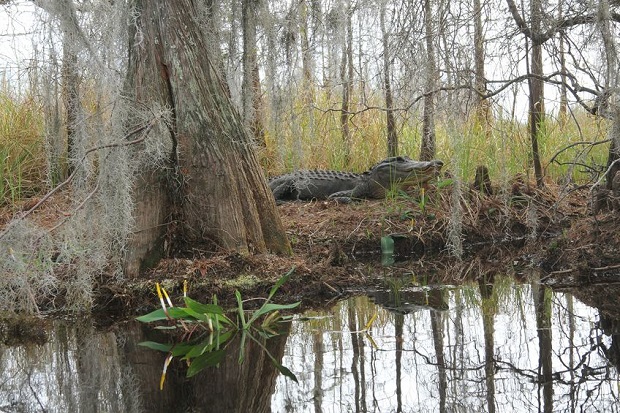
Do Alligators Hibernate?
Alligators do not hibernate, they brumate in regions that may have colder periods. Instead of true hibernation, alligators brumate to slow their metabolism and adapt their behavior in response to the temperature. It amounts to the same type of behavior as hibernation but is biologically different.
More info: Though many will protest that alligators do not truly hibernate, those experiencing colder climates do enter a dormant state for a period, which is the definition of hibernation. For example, alligators in northern Florida that experience cold spells will become inactive during the winter months, while in the rest of the state, they generally remain active year-round.
Most Alligators Have No Need to Hibernate
Alligators are prone to live in tropical climates, so most of the time, hibernation is not as necessary as it is for bears and other creatures that live in areas where the temperatures drop well below freezing. In tropical climates, the alligator may slow down on feeding for part of the year but not truly hibernate. However, some alligators live in climates that host freezing temperatures during some portions of the year or very cold temperatures, and alligators in these environments engage in a hibernation-like event called brumation.
Brumation Not Hibernation
Instead of true hibernation, alligators brumate to slow their metabolism and adapt their behavior in response to the temperature. It amounts to the same type of behavior but is biologically different. However, it would not be inaccurate to say that brumation for alligators is a hibernation-like event or action. There are three main ways that alligators brumate.
Feeding Cessation
For alligators, if the temperature drops below 70 degrees Fahrenheit, the alligator will slow down and stop feeding for a time. As indicated in the definitions above, this is merely a behavioral change in response to a difference in temperature, so it is the perfect example of brumation instead of hibernation.
Den Digging
One way that alligators who live in areas where the temperature drops enough to warrant hibernation are to dig dens into the sides of river banks. Essentially, the alligator will carve out a place in the mud and debris using its claws and snout. Some alligators live in ponds rather than rivers, but these alligators will still carve out dens if the temperature drops too low. After the den is built, the alligator will crawl into it and remain dormant until the weather warms up again. Most of these dens are partly or entirely submerged in water where fish are plentiful, so if the alligator needs food, it will be able to feed.
Freezing
Alligators are incredibly resistant to temperatures; if it comes down to it, an alligator can withstand freezing temperatures. If the weather reaches freezing, the alligator can actually rest with its nostrils above the water and then wait for the body of water in which it is resting to freeze over. The alligator can stay this way for a few days, able to breathe but unable to move, until the weather becomes warmer and it can swim free.
Resources
Loyno University New Orleans
Where Do Alligators Go in the Winter?
http://loyno.edu/lucec/natural-history-writings/where-do-alligators-go-winter
Broward College
The American Alligator
http://webhome.broward.edu/~ssimpson/alligator.htm
NHPTV-Natureworks
American Alligator
http://www.nhptv.org/natureworks/americanalligator.htm
National Park Service
Brumation
http://www.nps.gov/bicy/planyourvisit/upload/Python_FINAL_LORES.pdf
